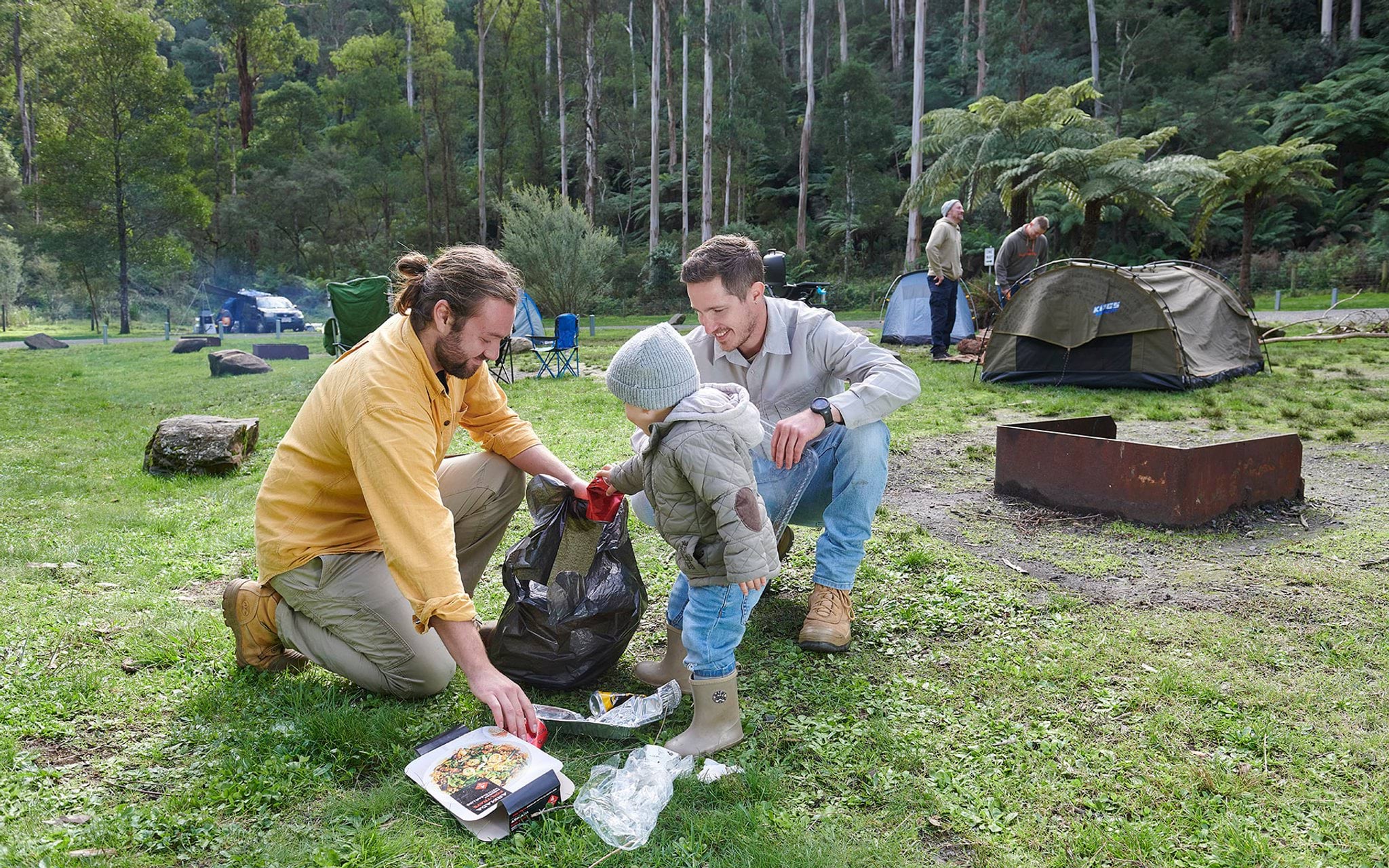The table below summarises the progress made against commitments which the Conservation Regulator is responsible for delivering in response to the Victorian Auditor General’s Office (VAGO) performance audit report Regulating Victoria’s Native Forests, which was tabled in the Victorian Parliament on 6 October 2022.
As at the 30 June 2024, eight of the 10 VAGO recommendations were complete, with the remaining two considered acquitted due to the cessation of native timber harvesting in Victoria.
Recommendation 1
Finalise its tender for a permanent case management system and plan for implementing it, with a view to integrating it with the intelligence database
| Agreed action | Status |
Accepted The Conservation Regulator is finalising its tender for a new case management system, which will be delivered in 2023/24. This system will appropriately link to the Conservation Regulator’s intelligence database (Gumnut) | Completed 30 October 2022 |
Recommendation 2
Develop a case for procuring current, higher-resolution satellite imagery that includes a cost-benefit analysis of purchasing this intelligence
| Agreed action | Status |
Accepted The Conservation Regulator will procure high resolution satellite imagery | Completed 30 June 2023 |
Recommendation 3
Develop guidance for assessing forest reports where there are allegations of widespread or systemic non-compliances so that its assessments are intelligence led and proportionate to the alleged non-compliance
| Agreed action | Status |
Accepted The Conservation Regulator will augment existing internal guidance to assist officers in assessing forest reports alleging widespread and/or systemic non-compliance so that the regulatory response is appropriately risk-based. | Completed 23 December 2022 |
Recommendation 4
Review its forest report assessment and investigations procedure to include a consistent process for requesting information to further a complaint assessment or investigation, including how, when and why to request additional information and time frames to guide responses how to calculate the statute of limitations period communicating the rationale for outcomes, including policies used, in correspondence to complainants
| Agreed action | Status |
Accepted The Conservation Regulator will augment existing internal guidance to:
| Completed 23 December 2022 |
Recommendation 5
Revise its Review of Outcome policy and address the identified weaknesses:
- Update complainants at the acknowledgement and review stage
- Provide a rationale for endorsing each case decision
- Document the rationale for a review’s outcome, for transparency and to show the judgement or evidence behind a decision
| Agreed action | Status |
Accepted The Conservation Regulator will revise its Review of Outcome policy to incorporate guidance around:
| Completed 31 October 2022 |
Recommendation 6
Develops guidance for stakeholders and the public that includes general information about the statute of limitations and how this affects Office of the Conservation Regulator’s ability to consider complaints and commence investigations and prosecutions
| Agreed action | Status |
Accepted The Conservation Regulator will publish on its website an explanation of the statute of limitations as it operates in timber harvesting regulation | Completed 28 February 2023 |
Recommendation 7
Review timber harvesting non-compliances and assess these for development of guidelines for how its stakeholders should interpret the Code of Practice for Timber Production 2014 (as amended 2022) and the Code of Practice for Timber Production 2014 (as amended 2022) Schedule 1: Management Standards and Procedures for timber harvesting operations in Victoria’s State forests
| Agreed action | Status |
Accepted
| Completed 30 June 2023 |
Recommendation 8
Develop a procedure for using injunctions and finalise the proposed policy for issuing enforceable undertakings
| Agreed action | Status |
Accepted in principle The Conservation Regulator will clarify its approach to the use of enforceable undertakings and injunctions | Completed 30 April 2023 |
Recommendation 9
Finalise and implement the Conservation Regulator monitoring, evaluation and reporting framework, including:
- Developing and implementing a timber harvesting compliance monitoring, evaluation and reporting plan
- Introducing timber harvesting compliance outcomes and indicators to measure the effectiveness of its activities
| Agreed action | Status |
Accepted in principle
| Action deemed as no longer relevant given the cessation of native timber harvesting from 1 January 2024. A Monitoring, Evaluation and Reporting (MER) framework has been developed and is being implemented. |
Recommendation 10
Review and revise its performance indicators in its Regulating timber harvesting in State forests under the Allocation Order – Statement of Regulatory Intent to include cost, quality and efficiency measures to allow for a more comprehensive and transparent view of the Timber Harvesting Compliance Unit’s performance in addressing non-compliance
| Agreed action | Status |
Accepted in principle
| Action deemed as no longer relevant given the cessation of native timber harvesting from 1 January 2024. A Monitoring, Evaluation and Reporting (MER) framework has been developed and is being implemented. |
Updated
